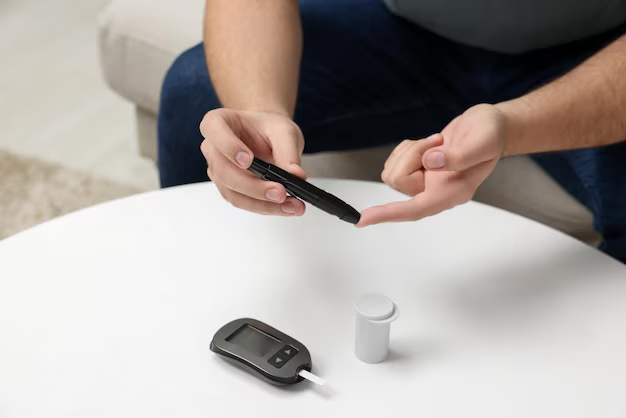Understanding A1c Levels in Diabetes: What You Need to Know
Living with diabetes often requires a deep understanding of various health metrics, and one of the most crucial among them is the A1c level. Known formally as Hemoglobin A1c, this blood test provides insight into one's average blood sugar levels over the past two to three months. The test is essential for managing diabetes and preventing complications, making it a pivotal marker for both patients and healthcare providers.
What Is A1c and Why Is It Important?
The A1c test measures the percentage of hemoglobin proteins in the blood that are coated with sugar (glycated). The higher the A1c percentage, the higher the blood sugar levels have been over the past few months. For individuals with diabetes, maintaining a target A1c level can help reduce the risk of diabetes-related complications such as heart disease, nerve damage, and vision issues.
Here's what different A1c levels generally indicate:
- Below 5.7%: Normal range, no diabetes.
- 5.7% to 6.4%: Prediabetes, indicating higher than normal blood sugar levels.
- 6.5% or higher: Diabetes, suggesting consistently high blood sugar levels.
Achieving and maintaining a healthy A1c level involves a combination of medication, if prescribed, lifestyle changes like diet and exercise, and regular monitoring.
How A1c Levels Impact Financial Decisions
Understanding and controlling A1c levels not only affects health but also has financial implications. Managing diabetes can be costly, from testing supplies to doctor visits and medications. Unfortunately, many people struggle with these expenses, leading to stress and potential lapses in glucose management.
For those facing financial hurdles, several avenues can offer relief:
- Government Aid Programs: Programs like Medicaid or Medicare can significantly cut healthcare costs for eligible individuals with diabetes.
- Financial Assistance from Nonprofits: Organizations such as the American Diabetes Association provide resources and sometimes direct financial aid for diabetes management.
- Prescription Cost Savings: Some drug manufacturers offer discounts or free medications to those who qualify.
- Debt Relief Options: Patients overwhelmed by medical debt can explore consolidation plans or consult financial advisors specializing in medical finance management.
- Educational Grants: Scholarships and grants for people seeking education or retraining can alleviate financial pressure, allowing them to focus on health management as they prepare for better-paying jobs.
Choosing the Right Support and Resources
Navigating diabetes management requires more than just medical knowledge; it demands financial savvy and strategic use of resources. By understanding A1c levels, patients can not only improve their health outcomes but also plan effectively for the associated expenses.
Taking advantage of the assistance available can ease the financial strain and allow patients to focus on living a healthier life. Breaking down the barriers to optimal diabetes management IS possible, with the right combination of medical care and financial support.
Financial Assistance Options for Managing Diabetes
- 🏥 Government Health Programs: Medicaid, Medicare
- 💊 Medication Discount Programs: Offered by pharmaceutical companies
- 🤝 Nonprofit Support: American Diabetes Association services
- 📚 Educational Grants: For those looking to upskill and increase earning potential
- 💼 Debt Relief Consultation: Medical debt specialization
By taking a proactive approach to understanding both your health metrics and the financial resources available, you can manage diabetes effectively while relieving the associated monetary burdens.
